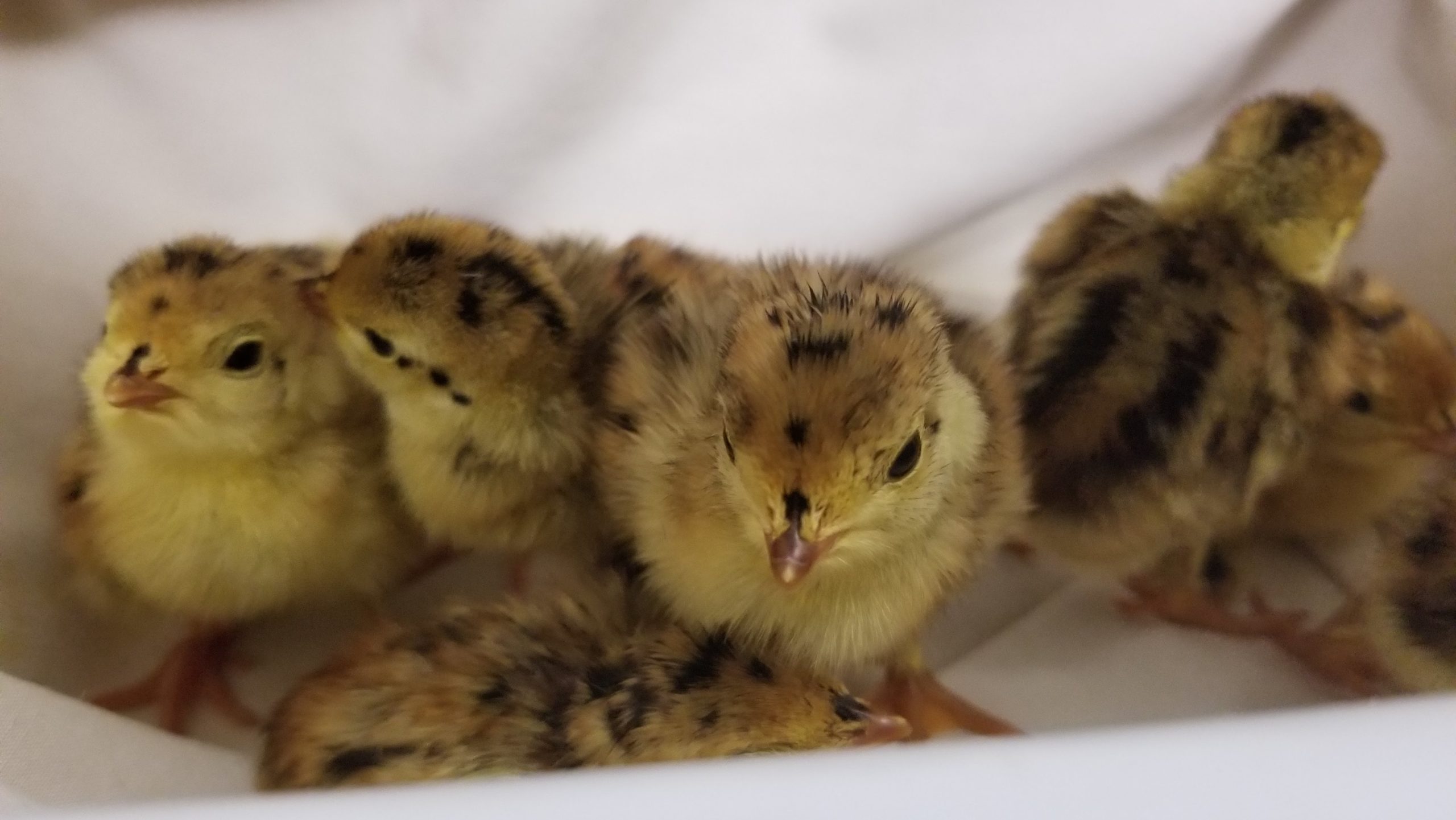It’s industry vs. lesser prairie chicken
ENDANGERED SPECIES ACT
It’s industry vs. lesser prairie chicken ASSOCIATED PRESS Printed in the Houston Chronicle 2/11/13
LUBBOCK — Oil, gas and wind energy producers are working to persuade federal wild-life officials not to enact protections for the lesser prairie chicken, a move that could force them to halt or significantly alter their operations to protect the species’ dwindling grassland habitat.
The U.S. Fish and Wildlife Service will hold its final public hearings this week on its proposal to list the prairie grouse as threatened under the Endangered Species Act. This comes after decades of population declines that experts blame in part on the expansion of farms, ranches and energy industry operations.
Even as wildlife advocates make their case, companies have been developing habitat conservation plans they hope will prevent the agency from taking such action. A similar strategy worked last year in Texas and New Mexico when the federal government considered protections for the dunes sagebrush lizard.
A federal listing would “make life more complicated for producers,” said Alex Mills, president of Texas Alliance of Energy Producers. “I am optimistic that our conservation efforts toward the bird and the habitat can be effective.” Spring mating season is usually the only time people can see lesser prairie chickens as males sing and strut across grasslands, displaying brilliant yellow-orange eye combs and puffing out their reddish-purple air sacs to attract females. But with the species’ numbers down about 80 percent since the early 1960s, spotting them even during courtship has become increasingly difficult.
More than half of the about 37,200 short-flight birds counted last year were spotted in Kansas, which still allows hunting of the birds. Texas banned such hunting in 2009 and Colorado already has listed the lesser prairie chicken as threatened. They’re also found in portions of New Mexico and Oklahoma.
Governors of these five states last month issued a statement opposing federal protections for the bird, noting voluntary conservation efforts by their paper writer states and commitments from industry leaders and landowners to address the issue.
But advocates for the lesser prairie chicken are concerned such plans would not be enforceable.
